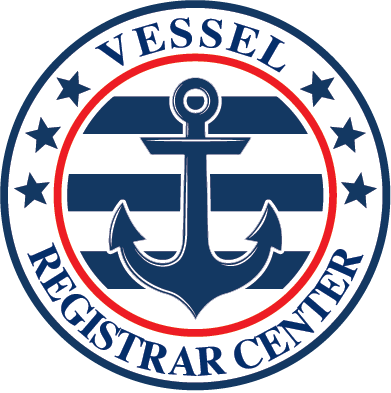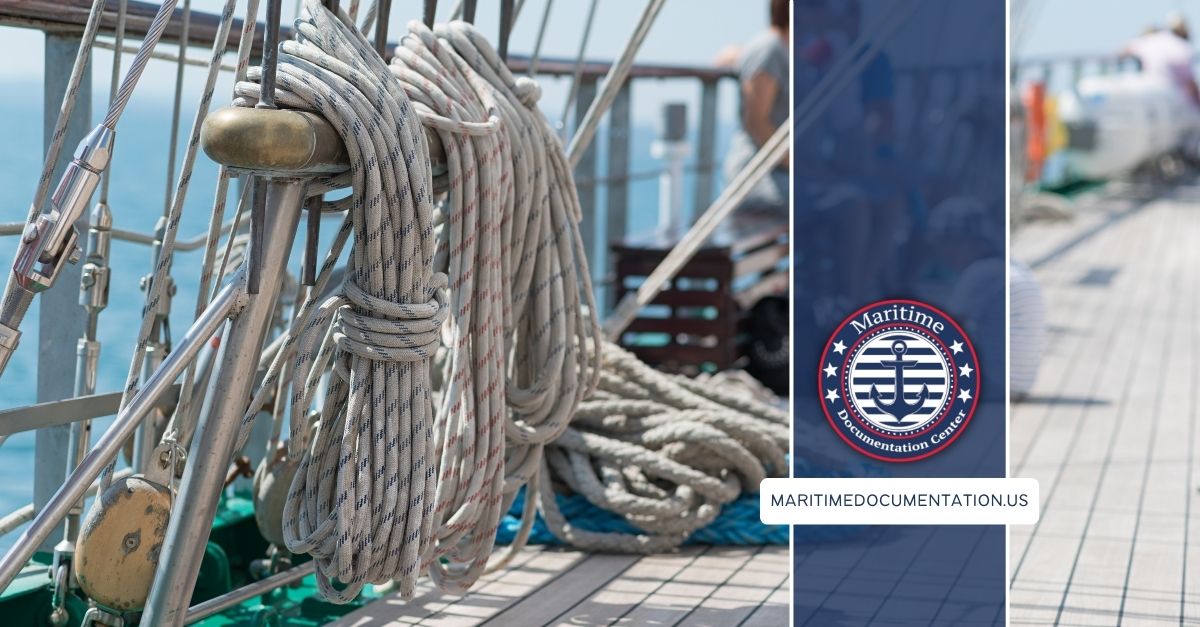If you want to operate a large vessel, you might be interested in USCG documentation. The United States Coast Guard is the governmental body that regulates maritime commerce and safety, and it’s responsible for inspecting and certifying vessels.
The USCG has strict regulations about what makes a boat eligible for certification, including size, weight, horsepower, and more. If you hear the term “USCG documented,” it means that the USCG has inspected the ship for compliance with these regulations and has been approved to go out into open water.
If the USCG does not document your boat, you can only take it on inland waterways like rivers and lakes—you won’t be able to take it out on the open ocean. To be eligible for USCG documentation, you must meet the following requirements:
Properly Documented Vessel
A commercially operated watercraft in the United States must have Coast Guard approval. To receive this paperwork, you must first fulfill specific requirements. The boat’s ports and other covered areas are first to consider.
There can be up to three square inches of exposed room per square foot of deck surface, as mandated by the United States Coast Guard (USCG), in any business vessel’s openings. You should check that your ports shut securely and can endure the rigors of the sea and weather if you intend to use your boat as a workboat but still use the deck space for stowage.
It’s essential to check that the ports on a new yacht are wholly sealed before setting sail. This can be done in one of two ways: putting them yourself during the construction of your watercraft or by hiring an expert.
Valid Certificate of Inspection (COI)
A legitimate Certificate of Inspection (COI) issued by your municipal authority is required before the U.S. Coast Guard will give any official paperwork to you at the federal level. A local examiner provides this certificate yearly following an official assessment of the boat to ensure it continues to satisfy government standards for aquatic safety.
Getting your Certificate of Incorporation may seem straightforward at first, but there are quite a few specifics involved in the process. To begin, Certificates of Incorporation (COIs) can be given by the federal government or a specific state or region.
Only ships engaged in international travel can use the latter, while domestically-operated ships and those making port calls abroad can use the former. The USCG assigns a unique registry number to each vessel when first recorded, which stays with the boat even if possession changes hands. This number must be included on both kinds of Certificates of Incorporation.
The vessel Must Be Seaworthy At the Time of USCG Documentation Application Submission.
The U.S. Coast Guard mandates a thorough structure and engine check. The applicant’s operational, repair, and safety documents may also be subject to review by the Coast Guard.
Freeboard, load lines, deck load pressure computation, creating a freeboard deck border height, center of gravity formulas, seaworthiness standards, and other stable variables account for the vast majority of what the USCG searches for on paperwork forms.
You can engage in coastwise commerce and journey between U.S. locations with the appropriate USCG documentation; however, you must satisfy specific requirements to avoid having to employ a certified officer at all times while going.
The first requirement is that your ship has three completely dry bulkheads. The second is having a maritime inspector check out your vessel every five years. Third, every ten years, you’ll need a USCG-approved impartial observer to check the vessel’s soundness.
The Vessel Must Be Built In The United States, Canada, Or Mexico.
The United States Coast Guard will need to document your boat before you are allowed to travel legally in U.S. waters. To navigate lawfully in U.S. waterways, you must first have your boat written.
The piece of paper that permits you to carry out these actions is a Certificate of Documentation. Your watercraft must fulfill all of the prerequisites that are outlined below to be able to receive a Certificate. Before your boat can be qualified for USCG certification, it needs to have a modification done to its original design and construction if it was constructed outside of the United States, Canada, or Mexico.
This modification will bring it into conformance with the rules and regulations that are in place in the United States. This operation is referred to as “Conforming.”
If you are interested in learning more about the requirements to qualify for USCG documentation, contact us at the Maritime Documentation Center today. We’ll happily answer your questions and help you understand what’s involved with the paperwork and what you can expect.





